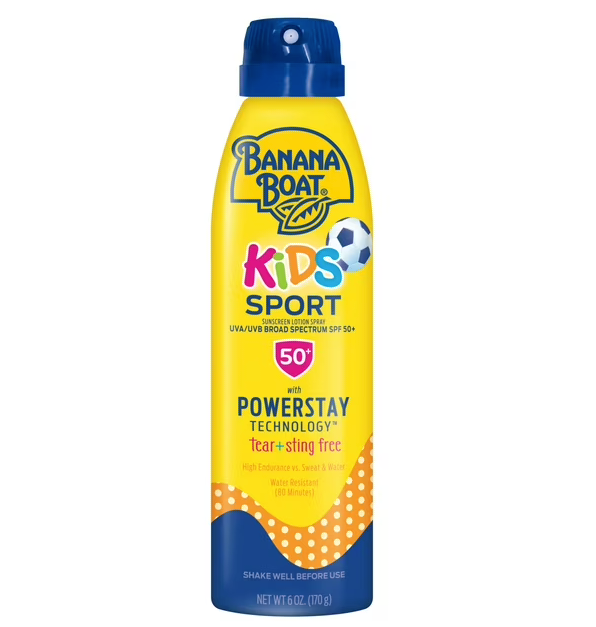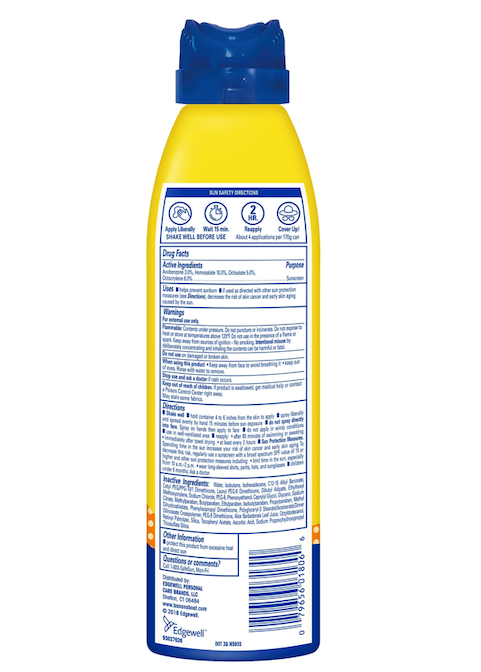What is Zinc Oxide? And Why It’s a Sunscreen Superstar
If you've ever turned over a bottle of mineral sunscreen and scanned the ingredients, chances are you’ve seen zinc oxide listed right at the top. But what is zinc oxide, exactly? And why is it so essential when it comes to sun protection? Let’s break it down.
What is Zinc Oxide?
Zinc oxide is a naturally occurring mineral that has been used for centuries for its soothing and protective properties. It’s made from zinc, a metallic element, which is oxidized to create a white powder. This powder is insoluble in water and has a chalky, opaque appearance—making it a powerhouse in skincare, especially when it comes to sun protection.
Zinc vs. Zinc Oxide: What’s the Difference?
While the names sound similar, zinc and zinc oxide are not the same thing—and they serve very different purposes.
Zinc (Elemental Zinc)
- Zinc is a metallic element (symbol Zn on the periodic table).
- It’s found naturally in the earth and is essential for human health.
- Your body needs zinc for immune function, wound healing, and cell growth.
- You typically get zinc through your diet (foods like meat, nuts, seeds, and whole grains) or supplements.
But zinc in its pure metal form isn’t something you’d apply directly to your skin—it would be reactive and not at all ideal for skincare.
Zinc Oxide
Zinc oxide is a compound made by combining zinc and oxygen in a controlled process. This reaction is typically done under high heat in a carefully controlled industrial setting to ensure purity and consistency.
- Zinc metal is first melted and then vaporized at very high temperatures (~900–1000°C).
- The zinc vapor is then exposed to air (oxygen).
- As the zinc vapor oxidizes, it forms fine white zinc oxide particles, which are collected and cooled.
The result is a white, powdery mineral that’s stable, non-toxic, and perfect for topical use.
- It forms a physical barrier on the skin, making it ideal for sunscreens, diaper creams, and soothing ointments.
Think of it like this:
Zinc is the raw ingredient. Zinc oxide is the safe, skin-loving version made from it.
Why is Zinc Oxide Used in Sunscreen?
Zinc oxide is a physical (or mineral) sunscreen agent. That means it sits on top of your skin and reflects UV rays away, rather than absorbing them like chemical sunscreen ingredients do. Here's why it’s so widely used in sunscreen:
1. Broad-Spectrum Protection
Zinc oxide is one of the few ingredients that protects against both UVA and UVB rays, giving you broad-spectrum coverage. UVA rays contribute to premature aging, while UVB rays cause sunburn—and zinc blocks them both.
2. Gentle on Sensitive Skin
Unlike some chemical sunscreens that can irritate or sting, zinc oxide is non-irritating and often recommended by dermatologists for sensitive skin, acne-prone skin, or conditions like rosacea.
3. Non-Comedogenic
It doesn’t clog pores, making it a safe choice for people who struggle with breakouts.
4. Reef-Safe
Zinc oxide is considered reef-friendly, unlike some chemical sunscreen ingredients (like oxybenzone and octinoxate), which have been shown to damage coral reefs.
5. Anti-Inflammatory Properties
In addition to UV protection, zinc oxide has calming, anti-inflammatory effects, which is why it’s often found in diaper rash creams, calamine lotion, and after-sun care.
How Does Zinc Oxide Work?
Think of zinc oxide as a microscopic shield. When applied to the skin, it forms a protective barrier that scatters and reflects UV radiation. This makes it effective immediately upon application—no waiting 15-30 minutes like with chemical sunscreens.
What About the White Cast?
Older formulations of zinc oxide sunscreens were infamous for leaving a thick white layer on the skin. But thanks to micronized or nano zinc oxide, modern mineral sunscreens are now much more sheer and blendable—without compromising safety or effectiveness.
⚠️ Note: There has been concern about nanoparticles in sunscreens, but most studies show that zinc oxide nanoparticles do not penetrate healthy skin and remain on the surface, doing their job safely.
Final Thoughts
Zinc oxide is a tried-and-true sunscreen ingredient that offers serious UV protection without harsh chemicals. It’s safe, effective, and great for all skin types—even the most sensitive. Whether you're headed to the beach or just running errands, a zinc-based sunscreen is one of the best choices you can make for your skin—and the planet.



